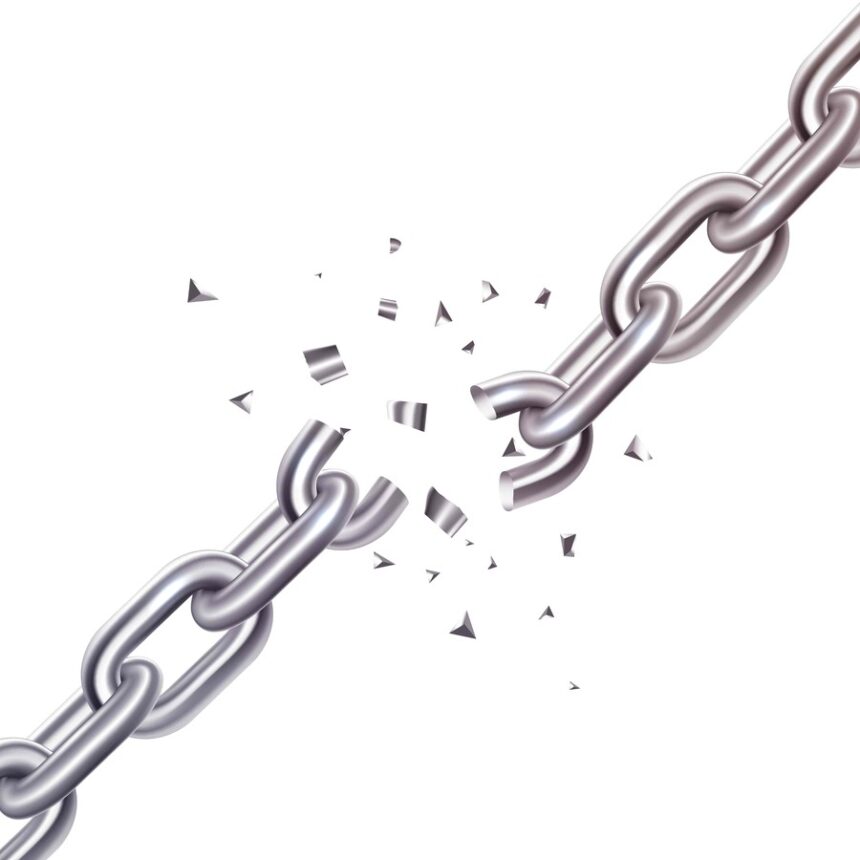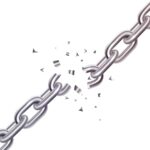Disclaimer: This post is not sponsored. We are not affiliated with Dead Link Checker or its developers. This recommendation is based on real-world SEO practices and the tool’s usefulness for technical audits.

Broken links may seem like a minor issue, but they can have a major impact on your website’s SEO, user experience, and even conversion rates. That’s where tools like Dead Link Checker come in — a simple but powerful free tool designed to find broken links quickly and easily.
In this article, we’ll explore why checking for dead links is crucial in technical SEO and how Dead Link Checker helps you maintain a healthy and SEO-friendly website.
What Are Dead Links (Broken Links)?
Dead links, also known as broken links, are hyperlinks that point to pages or resources that no longer exist or return errors such as:
- 404 Not Found
- 500 Internal Server Error
- 403 Forbidden
- DNS Errors
They can appear in internal links (within your own website) or external links (pointing to other sites).
Why Broken Links Hurt Your SEO
1. Poor User Experience
Users landing on a dead link may leave your site frustrated — increasing your bounce rate and reducing trust.
2. Crawling Issues
Search engines like Google crawl your site by following links. Too many broken links can waste crawl budget and prevent proper indexing.
3. SEO Authority Loss
Broken internal links disrupt link equity (PageRank) flow within your site. External dead links may also reflect poor content maintenance.
4. Negative Impact on Rankings
While a few broken links won’t get you penalised, consistently poor link structure can drag down SEO performance over time — especially for large sites.
How Dead Link Checker Helps
Dead Link Checker is a free online tool that scans your website and reports broken links with just a few clicks. It’s fast, easy to use, and ideal for both beginners and SEO professionals.
Key Features:
- Quick scan: Scan a single page or the entire website
- Multiple modes: Choose between Site Scan, Multi Check (bulk sites), or Auto Check (scheduled scans)
- Reports: Get a list of broken URLs, the referring pages, and HTTP error codes
- No installation: 100% web-based tool — no software required
How to Use Dead Link Checker
- Visit: https://www.deadlinkchecker.com
- Enter your URL (home page or specific page)
- Choose between:
- Site Check – scans the entire website
- Page Check – scans only one page
- Click “Check” and wait for the results
- Download or export the report and start fixing broken links
Tip: Use the Multi Check feature to audit multiple domains — great for agencies and freelancers.
Best Practices After Finding Broken Links
- Fix or update internal URLs that point to deleted pages
- Redirect old URLs using 301s if the content has moved
- Remove or replace external links with working alternatives
- Schedule regular scans to prevent future SEO damage
For large websites or blogs, run a dead link audit every 1–2 months as part of your technical SEO checklist.
Where Dead Link Checker Fits in Technical SEO
Broken link analysis is a core part of technical SEO audits. Tools like Screaming Frog and Ahrefs include this feature — but Dead Link Checker is a lightweight, fast, and beginner-friendly alternative.
It’s especially helpful for:
- Small business websites
- Bloggers managing content manually
- Freelancers or agencies offering SEO reports
- Non-tech-savvy users who need quick results
Final Thoughts
Dead links damage SEO, frustrate users, and weaken your site structure. Fortunately, identifying and fixing them is easier than ever with Dead Link Checker.
Whether you’re a site owner, marketer, or SEO professional, regularly scanning for broken links is a must-do task in any technical SEO strategy. Best of all — it’s free and takes just a few minutes.
Try it now: Dead Link Checker
Let me know if you want this exported in WordPress/HTML format or scheduled into a content plan.





